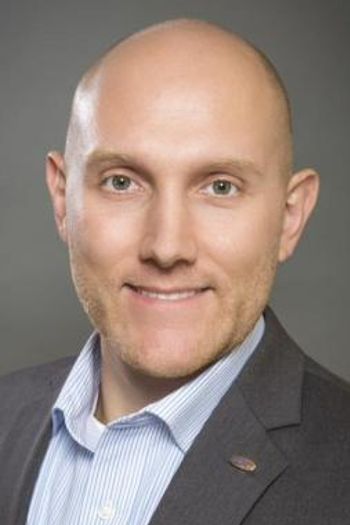
It's a mistake if you're not on social media
As a healthcare provider, if you're not on social media by now, you should seriously consider it.
Editor's Note:
As a healthcare provider, if you’re not on social media by now, you should seriously consider it.
First step: Lead generation
Recently, a patient asked me a question on Instagram regarding the price of a procedure. She’s not alone. Whenever we post a photo or video of our services on Snapchat or Instagram, one of the first questions is, “how much does it cost?” And this doesn’t just apply to cosmetic services.
Whether it’s a cosmetic procedure or a medically necessary procedure paid out of pocket before a deductible is met, everyone wants to know his or her out-of-pocket costs before committing to a non-emergent procedure. It’s no different than wanting to know the cost of a car before going to the dealership or the cost of a house before going to the showing.
But back to my patient, and for that matter, all social media followers asking about cost. What if we simply replied to the patient’s question on social media and told them the price? We would have no way of following up with them. Sure we’d know their social media handle but following up with a patient on their social media page is a bit stalker-ish.
RELATED:
In other words, a social media follower is comfortable with you answering their question on your page. They’re not OK with you as the provider following up with them on their page a week later to see if they have any additional questions. It’s an unwritten rule of social media.
That’s why we redirect
The reason this works so well and generates so many leads for follow up is because there’s no better “hook” than pricing. Everyone wants to know how much this is gonna cost them! â¨
How social media can be a responsible form of self-education for a patient
After we’ve established contact, we can start the education process. That includes answering questions via email or by phone. They can even
By redirecting them to our price estimator and capturing contact info, we get them into our sales funnel early. Now we can provide them with limitless education in regards to how we do things. This level of education is unprecedented.
MORE FROM DR. KAPLAN:
In the past, the typical patient came in for a 30-45 minute consultation, not knowing much about the doctor or the procedure. Compare that to the new type of patient watching doctors that are active on social media. Prior to their consultation, the patient has followed their future doctor in their “natural habitat” for weeks to months on Snapchat or Instagram stories. The knowledge base between these two patient types is incomparable.
Video: Finally, surgery day arrives!
Video: https://youtu.be/BkocBo8QhL0
As shown in the video above, the patient that started out as a social media follower, makes her way to the operating room. This was very fulfilling and exciting to see this anonymous patient pass from engagement to education, and finally to surgery.
The moral of the story: Provide pricing on your terms (with a price estimator), and get something in return (a lead)!
Dr. Jonathan Kaplan is a board-certified plastic surgeon based in San Francisco, Calif. and founder/CEO of
Newsletter
Stay informed and empowered with Medical Economics enewsletter, delivering expert insights, financial strategies, practice management tips and technology trends — tailored for today’s physicians.








